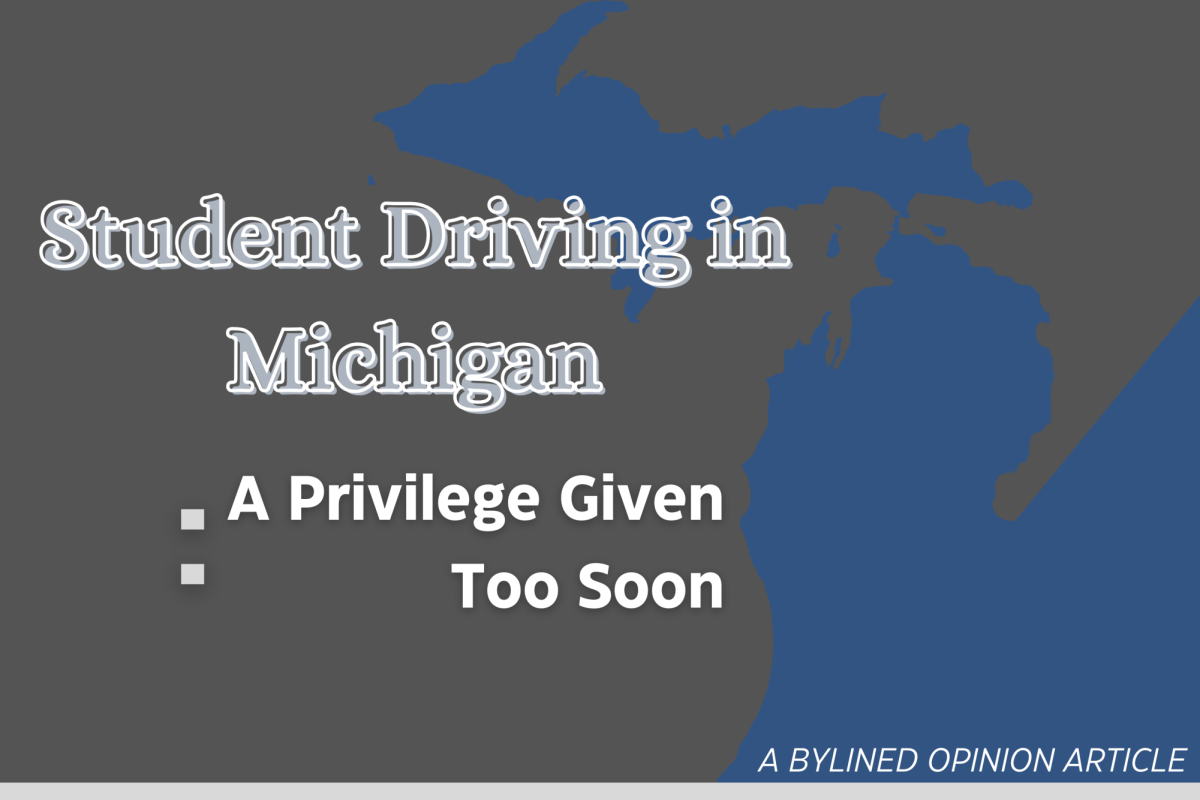 By Dylan O’Connor
By Dylan O’Connor
From the moment the first automatic transmission debuted from GM in 1939, many have wondered if the manual transmission is on it’s way out. Unfortunately, that may be the reality in as few as 10 years.
Until as recently as 2009, manual transmissions were superior to enthusiasts, as the lighter and simpler design of manuals allowed more of the engine’s power to reach the wheels, with automatics plagued by a phenomenon known as “drivetrain loss”. This is defined as the parasitic loss of the energy generated by the engine through the inefficiency of automatic transmissions.
However, with the introduction of the revolutionary ZF dual clutch automatic transmission by BMW/Audi in 2009, the issue of drivetrain loss was all but eliminated, and technology in this transmission allowed it to shift and select gears more quickly and effectively than any human could. This was a tragedy to automotive purists everywhere, as many felt that the loss of the ability to ‘row your own’ gears took some of the soul out of the car.
Ever since then, enthusiasts such as I have lamented that modern automatics take all of the skills out of driving a car.
Nothing compares to the satisfying thunk of dropping down a gear and dumping the clutch to execute a quick pass on the freeway. With an automatic, all the user has to do is press the accelerator slightly harder, and the car does the rest, menially speeding up without any sort of fanfare or drama.
When you drive a manual, you have to know the feel of the car, from the clutch release point to the roar of the engine signalling that a higher gear is needed. Nowadays, cars are so easy that many have no idea of the car’s functions, simply that the right pedal makes the car go faster and the left one slows it down.
While changing the oil on my girlfriend’s car the other day, I pointed to the RPM gauge and asked if she could tell me what it meant. To me, this is an essential function of the car, as I can tell the health of the engine by the way torque and horsepower is transmitted at different RPMs. She had no idea of the use of any of the gauges aside from the fuel gauge and speedometer.
I thought she was teasing at first, but it soon became apparent that she just viewed a car as a mode of transportation. Is this where we have gotten as a society? That automatic transmissions allow such ignorance of the car’s functions that some people don’t even know that the oil needs to be changed?
Gone are days where young men and women alike spent their time fawning over the newest Fairlane or Cougar. Now, car maintenance and modification is viewed as annoying and even a waste of money.
Manual transmissions allow and require a knowledge of cars beyond the two pedal system. They connect us to the car in a fundamental way, allowing us to enjoy driving again, rather than referring to it as a boring chore. Tragically, it looks like the efforts of enthusiasts to save the manuals is too little, too late, as one of the last pure sports cars, the excellent BMW M3/M4/M5 will not be offering a manual transmission starting in 2020.
Personally, I drive a manual 2003 Mustang GT with the admittedly bad T56 transmission. Even though the shift feel of this transmission is suboptimal, I would never dream of owning a ‘Stang with the even worse 4r70 transmission, as the three forward gears allow it to achieve a stunning 12 MPG, compared to the T56 with 5 forward gears allowing nearly 20 MPG on the freeway.
My parents were especially supportive of my decision to buy manual, as it’s markedly harder to text and drive when you have to shift gears with your typing hand.
Manual transmissions are one of the last vestiges of a much more enjoyable, analog driving experience, and losing them is a loss for hobbyists and recreational drivers alike.
For automakers, developing and inserting a manual transmission option is a large cost, and when the take rate for manual transmissions is barely 5% and dropping steadily, it becomes cost prohibitive to add such an expensive option that few drivers actually take advantage of. If just one in ten people who purchase new cars choose the (usually cheaper!) manual option, the take rate will double, and for manufacturers, manual transmission options become viable again.
A manual transmission allows drivers to enjoy driving again, and boring road trips suddenly turn into shockingly fun forays into the intricacies of the way your car moves down the road.
Some are hesitant to make the manual leap because of a natural fear that exists of more control of your car. However, every manual driver I know, including me, learned in an afternoon.
In all honesty, I can’t force you to buy a manual. However, don’t be scared of the learning curve. It isn’t as steep as you might think. Next time you go test drive your future car, try out the the manual. You just might be surprised by how good it feels.







